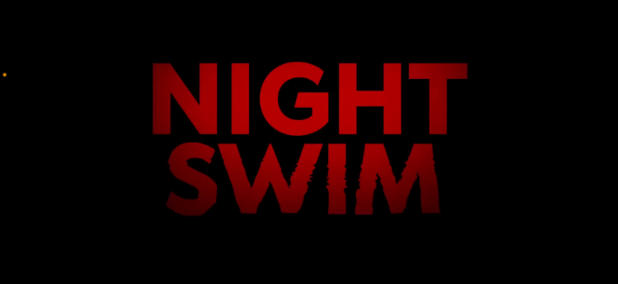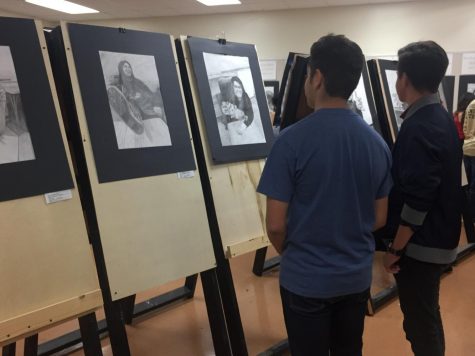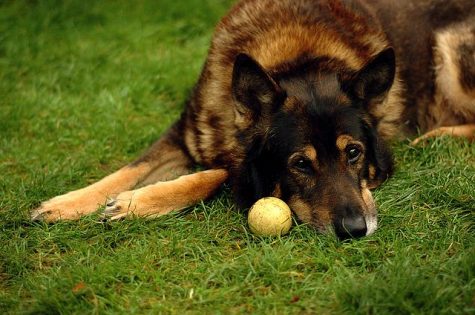Drone Racing Flies off the Charts

People from all over spend their paychecks buying parts for their drones. Professional drone racers advise to only fly drones that are capable of harsh weather conditions and tough competitors. Drone racing usually takes place in a wide open field, hosted by an eligible referee.
February 17, 2016
Since February 2002, drones have been in use by the U.S. government to spy on enemies and target criminals. By 2013, Amazon developed “Amazon Prime Air”- which enabled drones to deliver small packages 30 pounds or below- in under an hour. Now, drones are being used for recreational racing by both amateurs and professionals.
28-year-old, Jonathan Banton, is one of the few skilled, underground drone racers in the U.S; he races drones for a hobby along with four others. Through an interview with Arstechnica, Banton mentioned [that] there was more to racing than controlling small devices through a remote control. When racing drones, competitors wear goggles that give reflect through the drone’s camera- so the individual may have the perspective of a drone while racing.
Those who decide to drone race invest a great amount of time and finances into this hobby. Roughly five hundred dollars is needed to enter these competitions: four hundred covers the cost to purchase a drone, while the rest pays for interior and exterior alterations to improve the drone’s ability to race. According to the Drone Racing League, many have participated in these events for a chance to be crowned the World Champion as the best FPV pilot.








![The U.S. Army is funding research for a nasal spray that may possibly prevent suicide. Dr. Michael Kubek from the Indiana Medical Institute and his team have found that TRH can be released into the human brain more effectively through a spray, in comparison to injections or pills. Dr. Ken Duckworth, medical director for the National Alliance on Mental Illness, shares, the phase directly after starting an antidepressant is a very vulnerable time frame in a patients life; the nasal spray would stabilize them right away, while they wait for the [antidepressants] to do their job.](https://dalquestnews.org/wp-content/uploads/2017/01/Action_photo_of_nasal_spray_on_a_black_background-316x475.jpg)

